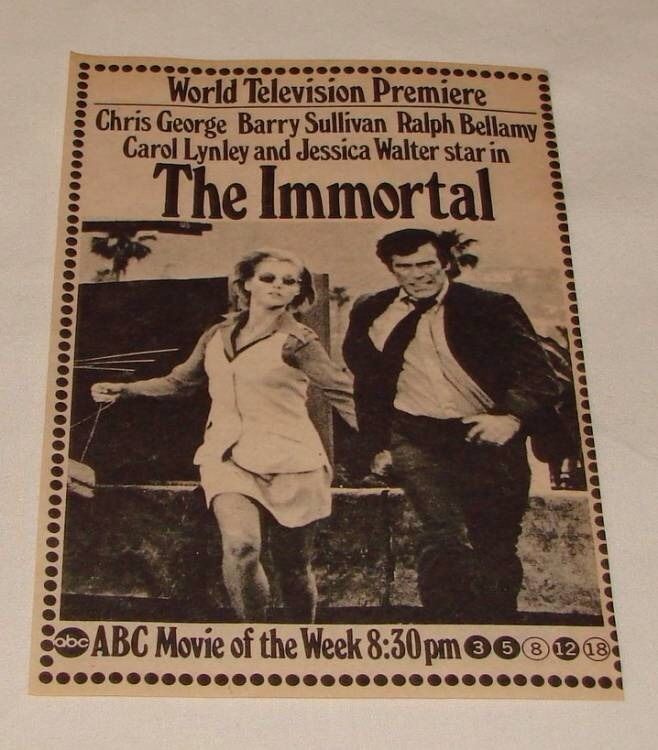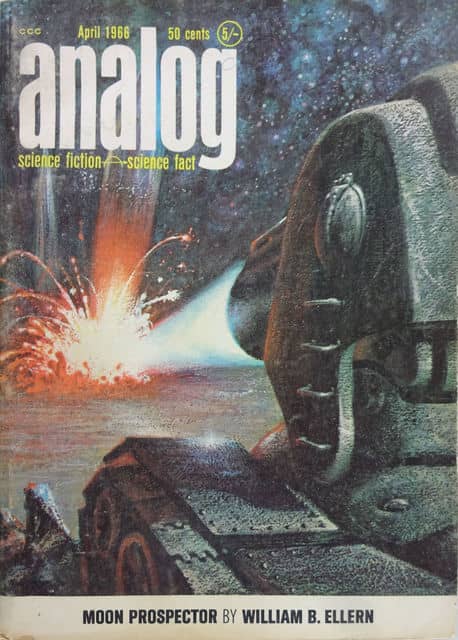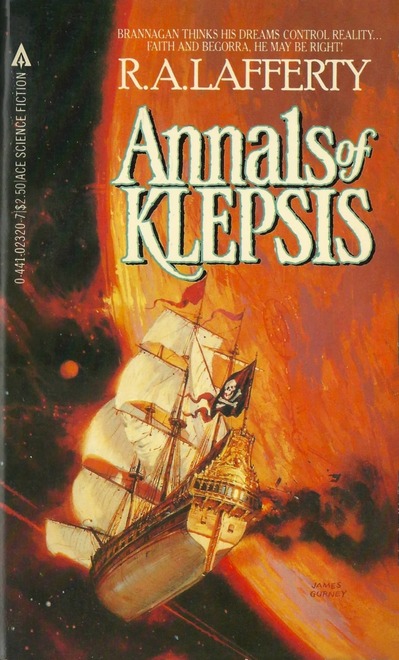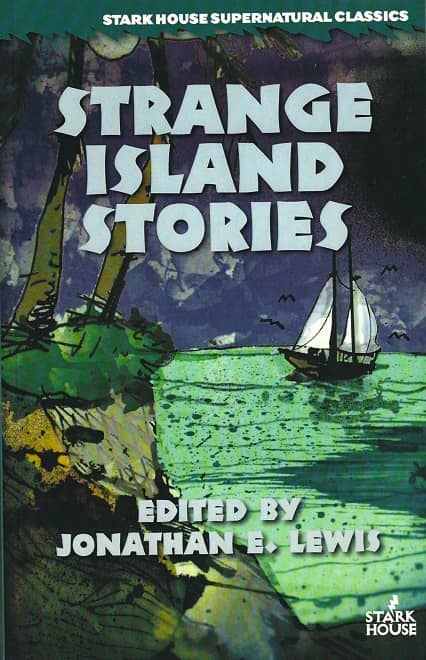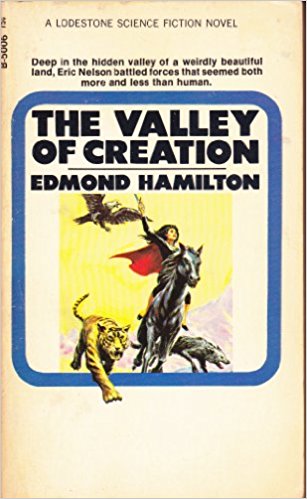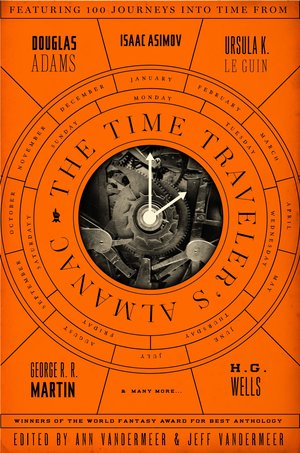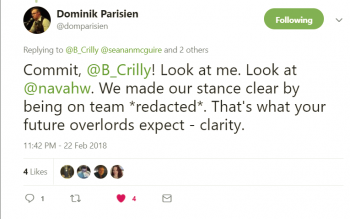Superheroes in a World of Wonder and Horror: The Interminables Series by Paige Orwin
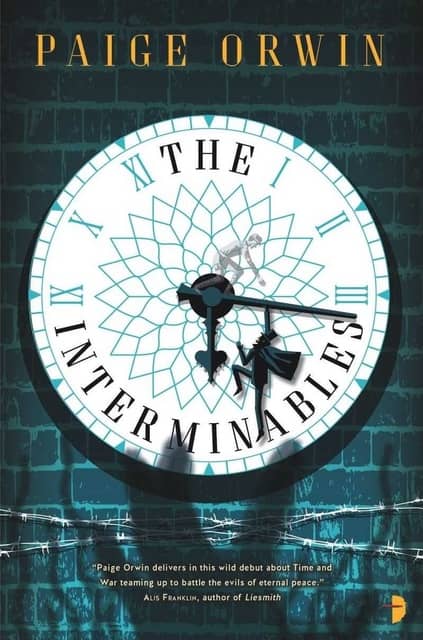 |
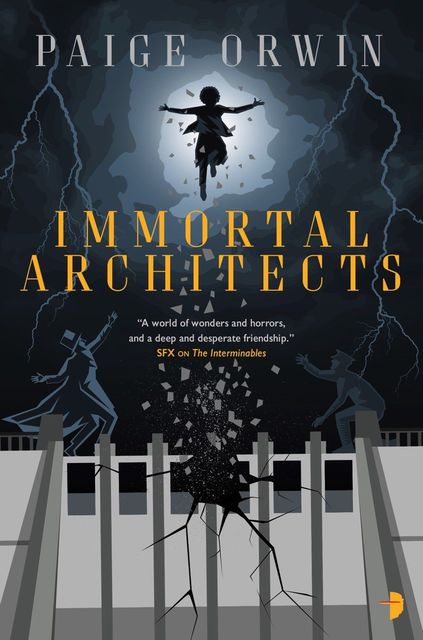 |
Superhero fiction is tricky. It’s hard to get right. Superheroes rule in comics and at the box office, but in print…. not so much. Why is that? If I’d cracked that puzzle I’d be a Manhattan super-agent. The best I can tell you is that in visual media like comics and film, superheroes naturally draw all the attention. But in the more studied medium of print, away from the fast-action visuals of comics and movies, superheroes require a more thoughtful touch to really be appealing.
There have been successful superhero novels, of course. Like Vicious by V. E. Schwab (which Matthew David Surridge reviewed for us here), Carrie Vaughn’s After the Golden Age, Sarah Kuhn’s Heroine Complex trilogy… and Paige Orwin’s The Interminables (2016), the tale of two powerful agents of a wizard’s cabal in a drastically altered Earth on a mission that lands them in a very dark place. No truly successful superhero novel stands alone for long, of course, and late last year the sequel Immortal Architects arrived in paperback. Here’s the description.
Edmund Templeton, a time-manipulating sorcerer, and Istvan Czernin, the deathless spirit of WWI, are the most powerful agents of the magical cabal now ruling the US East Coast. Their struggle to establish a new order in the wake of magical catastrophe is under siege: cults flourish and armies clash on their borders. Perhaps worst of all the meteoric rise of a technological fortress-state threatens their efforts to keep the peace.
As if that weren’t enough, a desperate call has come in from the west. A superstorm capable of tearing rock from mountains is on its way, and [it’s] acting unlike any storm ever seen before. Who better to investigate than two old friends with the sudden need to prove themselves?
The Interminables may be the breakout series that finally proves the superhero novel can be serious genre literature — and seriously entertaining. Immortal Architects was published by Angry Robot on September 5, 2017. It is 479 pages, priced at $7.99 in paperback and $6.99 for the digital edition. The cover is by Amazing15. Read the complete first chapter at the Barnes & Noble Sci-Fi and Fantasy Blog here.
